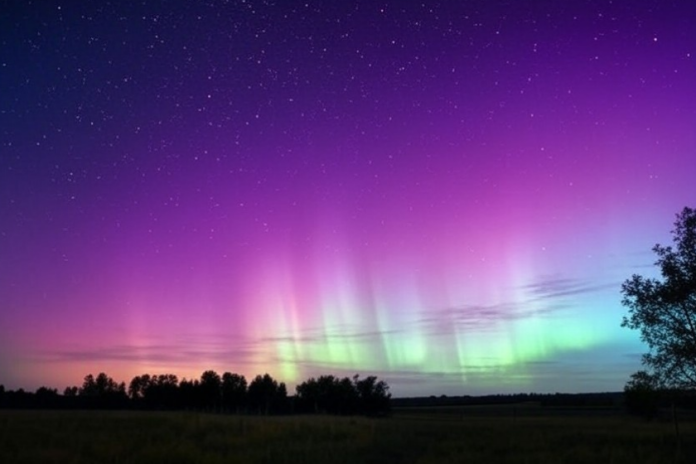A Winter Storm Warning is in effect for North Central Montana during the first week of February 2025.
This warning includes expectations of significant snow accumulation, with forecasts predicting 4 to 9 inches in central Montana and 2 to 8 inches in the western parts.
Temperatures are expected to drop, leading to a cold start to the week.
Residents are advised to prepare for potential travel disruptions and cold weather conditions.
As of today (February 2, 2025), North Central Montana is experiencing very cold temperatures.
A winter storm is currently affecting the region, with warnings in effect for much of western and central Montana. The forecast indicates that temperatures will continue to drop, with bitter cold expected in the coming days.
The extended outlook for North Central Montana suggests that the below-zero temperatures will likely last through at least the early part of the week:
Sunday (today): Falling temperatures throughout the day.
Monday and Tuesday: Bitter cold temperatures with highs in the negative single digits, zeros, and teens (Fahrenheit).
Wednesday: Cold temperatures may begin to moderate, but still likely below freezing.
Several factors are contributing to this prolonged period of below-zero temperatures:
Winter Storm System
A significant winter storm is moving through the area, bringing snow and very cold air.
This current warning affects
Cascade County below 5000ft, Fergus County below 4500ft, Gates of the Mountains and Judith Basin County and Judith Gap.
Arctic Air Mass
The region is experiencing an influx of Arctic air, leading to dangerously low wind chill factors.
La Niña Influence
The weak La Niña conditions this winter are associated with colder than normal temperatures in the Northern Tier states, including Montana.
While the immediate forecast shows a continuation of below-zero temperatures, the long-term outlook for February suggests that temperatures may eventually moderate.
The overall February forecast for Great Falls indicates an average temperature of 23°F, which is 4° below average for the month.
However, there are periods of milder weather expected later in the month, with some rain and snow showers and sunny days.





FCC Investigates NPR, PBS Over Commercial Allegations
FCC investigates NPR, PBS over commercial allegations — under Chairman Brendan Carr, the investigation was initiated into National Public Radio (NPR) and the Public Broadcasting Service (PBS) regarding allegations of airing commercial advertisements, which is prohibited for non-commercial educational broadcast stations.
This investigation focuses on whether the underwriting announcements by NPR and PBS member stations cross the line into what could be considered commercial advertising.
Underwriting announcements are a form of acknowledgment for the financial support provided by sponsors but are meant to be distinct from commercial advertisements.
According to federal law, specifically Section 399B of the Communications Act, non-commercial stations must not air commercials on behalf of for-profit entities. Instead, they are allowed to acknowledge corporate underwriting, which should not include calls to action or promote products/services directly.
Both NPR and PBS have responded to these allegations by asserting that their practices comply with FCC regulations.
NPR CEO Katherine Maher and PBS CEO Paula Kerger have stated that their organizations work diligently to adhere to these regulations, with NPR specifically mentioning its long history of cooperation with the FCC on such matters.
The investigation comes at a time when there is political debate over public funding for NPR and PBS, with some lawmakers considering cutting off these subsidies.
The potential findings of this investigation could influence those discussions, as Chairman Carr has indicated in his communications with Congress that this inquiry might be relevant to the ongoing legislative debate about funding public media.
This development has sparked varied reactions, with some seeing it as an attack on public media, while others view it as necessary scrutiny to ensure legal compliance.
Critics of the investigation, including Democratic FCC Commissioner Geoffrey Starks, have expressed concerns that it might intimidate public broadcasters and threaten the free flow of information.
Conversely, supporters argue it ensures that public media adheres to its non-commercial mandate.
The debate is also fueled by broader political contexts, where NPR and PBS have been accused by some conservative groups of having a liberal bias, leading to calls for reduced or eliminated government funding.
However, public broadcasting has traditionally received bipartisan support due to its educational and cultural contributions, particularly in underserved communities.